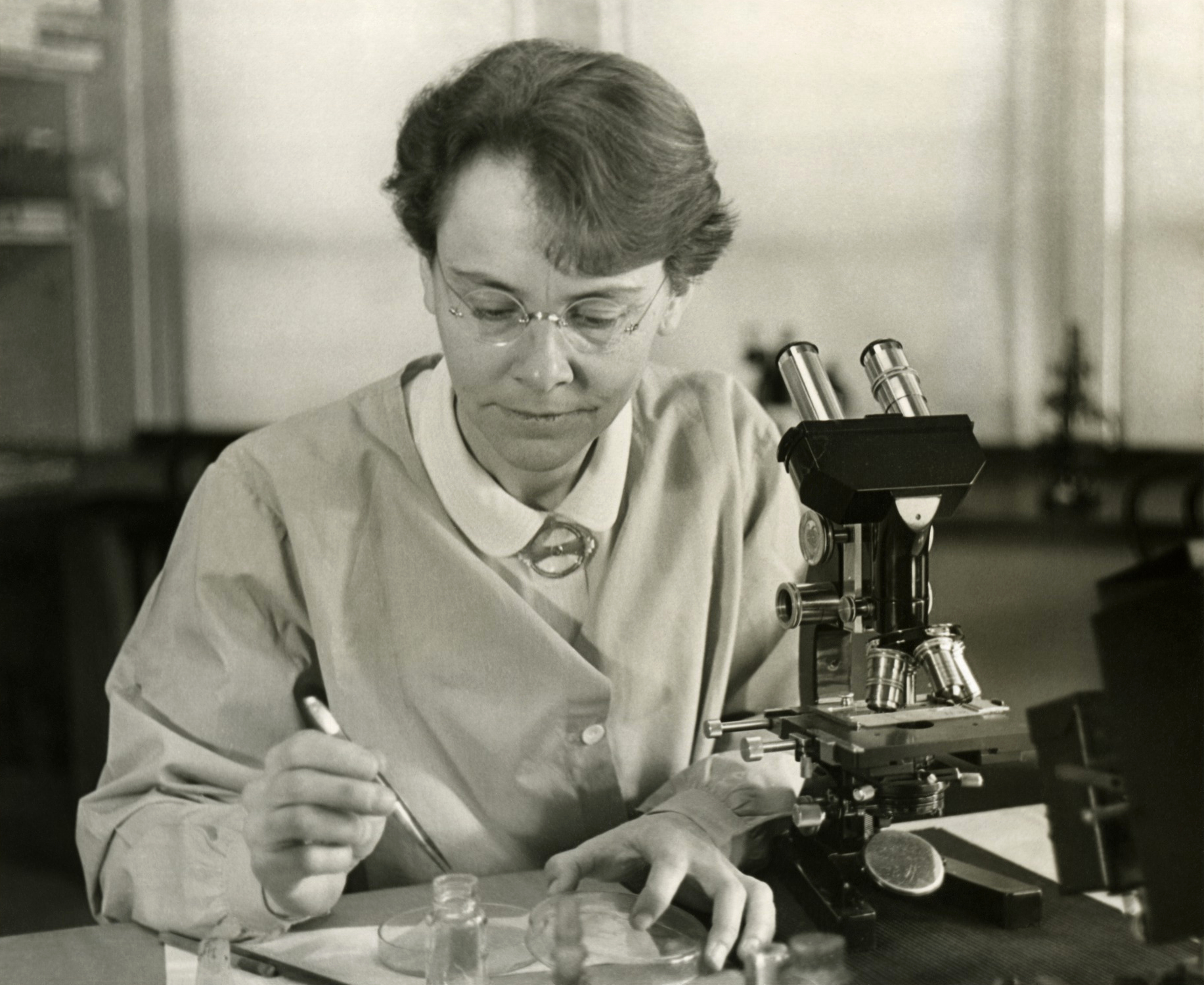 Using subjective feelings while you are investigating and empirically analysing at the same time? Surely that’s bad science. Or is it?
Using subjective feelings while you are investigating and empirically analysing at the same time? Surely that’s bad science. Or is it?
This blog series is exploring integral quadrants – how these open a world of opportunity on complex issues, as well as ourselves, through considering subjective as well as objective perspectives. A hard edge for some, however, might be the systems world of physical sciences. Integral argues that this system world is enriched by being aware of subjective parts. That challenges conventionality, regardless of the (Nobel) prizes that have been won. Could we really make advances through looking as the object of our investigation – in geology as a rock or a crystal, in biology as a plant or a cell?
In this blog series based on a tetra-dynamics course (tetra-dynamics – four dynamic perspectives and viewpoints ), the course is seeing a lively and ongoing discussion around the clarity and distinction of looking “at” or “as” a phenomena, entity or thing – see repeating patterns, the previous post.
There are different ways of seeing something – from its perspective (looking as) or viewing it (looking at). As we do this, the oddness of looking as a thing strikes us. Are we really saying we can look as, as if we are a rock, plant or a landscape?! On one level, if we’re looking as a plant we’re imagining and projecting some extended scenes. However, don’t dismiss this out of hand.
Barbra McClintock (pictured) is a renowned Nobel prize winner in the field of genetics. One of her key abilities, she said, that set her apart, allowed her to see further and deeper into the mysteries of genetics than her colleagues, was to develop a particular feeling for organisms.
Over and over again, she tells us one must have the time to look, the patience to “hear what the material has to say to you,” the openness to”let it come to you.” Above all, one must have a “feeling for the organism.” One must understand “how it grows, understand its parts, understand when something is going wrong with it. [An organism] isn’t just a piece of plastic, it’s something that is constantly being affected by the environment, constantly showing attributes or disabilities and its growth. You have to be aware of all that… you need to know those plants well enough so that if anything changes, … you [can] look at the plant and right away you know what this damage you see is from – something that is scraped across it or something that bit it or something that the winds did.” You need to have a feeling for every individual plant.
In tetra-dynamics terms, Barbara seems to be describing looking as the plant… developing a feeling for plants. If you look as the plant, in the upper left integral quadrant (individual, subjective) you can imagine how the plant ‘feels’- the feeling of the plant as it changes.
Sounds strange? Barbara’s insights were stellar work. Her advances in genetics won a Nobel prize “for her discovery of mobile genetic elements.”
One of the continuous beauties of this four quadrant (tetra) model is that it applies across multiple scales – reflecting our own self understanding, analysing other entities and experiencing the interplay between these approaches or dynamics. Moreover this seems to be quite catalytic – enabling significant advances – ah-ha moments if you like.
That’s very encouraging when so many of our challenges today are highly volatiles, uncertain, complex and ambiguous! Here’s a system that’s helping to shift ourselves and science – more than a little hopeful for the future. And, perhaps in using this we’ll all end up with some of Barbara’s ‘knowing’:
McClintock has pushed her special blend of observational and cognitive skills so far that few can follow her. She herself cannot quite say how she “knows” what she knows. She talks about the limits of verbally explicit reasoning; she stresses the importance of her “feeling for the organism” in terms that sound like those of mysticism. But like all good mystics, she insists on the utmost critical rigor, and, like all good scientists, her under- standing emerges from a thorough absorption in, even identification with, her material
____
Picture: – Flickr: Barbara McClintock (1902-1992)
Quotes: Feeling with the organism: A blueprint for an empirical philosophy of science, Erika Mansnerus and Susann Wagenknecht in Empirical Philosophy of Science: Introducing Qualitative Methods into Philosophy of Science, 2015, edited by Susann Wagenknecht, Nancy J. Nersessian and Hanne Andersen (see pages 42 & 43 – original cited from Evelyn Fox Keller’s Biography of Barbara McClintock, A Feeling for the Organism, 1983)
